“Infinite Warfare offers a lot of new ideas, but they don’t always feel whole or necessary.”
Call of Duty Infinite Warfare marks Activision’s series’ ultimate departure from its once humble roots. Leaving the scenes of World War II firmly in the past and blasting off into the future, Infinite Warfare takes the setting of Call of Duty from that of global warfare to a galactic-scale warzone. It’s the arena that the games have been building up to for some time, and now, finally, we are here.
The game has been met with publicity struggles since its reveal, leaving its content to ultimately promote itself following release. That, and the fact that if you are willing to pay a little extra you can pick up the long sought after remaster of the original Modern Warfare. This review however is purely of the newest title in the series. As ever, this is divided up into CoD’s three traditional segments ; story, multiplayer and zombies.
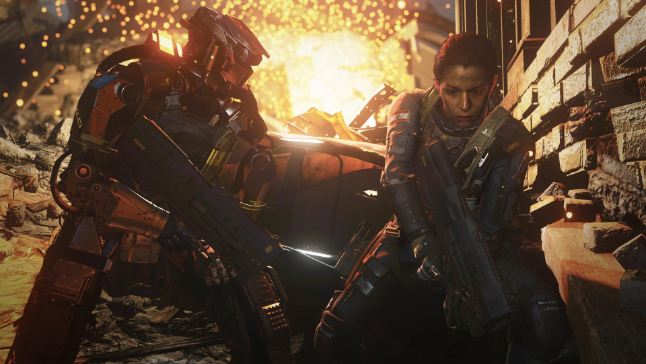
Infinite Warfare’s story attempts to cover events on a much larger scale to anything the series has attempted to do before. This year’s iteration has been pieced together by the developers at Infinity Ward, meaning it is cut from a similar cloth to that of the classic Modern Warfare series. As such, depth of character is the real glue that holds together what might otherwise be a very missable section of the game.
It is hardly surprising that the game’s character roster is what truly binds it. With huge names like Kit Harrington, Conor McGregor and even outsiders like Lewis Hamilton making an appearance, it is clear that maximum effort has gone into giving the player an experience. Infinity Ward’s veteran writers ensure that big names have perfected parts to play in the story too, giving darker characters believable motives and an essence of humanity and lighter characters moral conflicts and emotion. It is certainly the people that carry the story, rather than the gameplay.
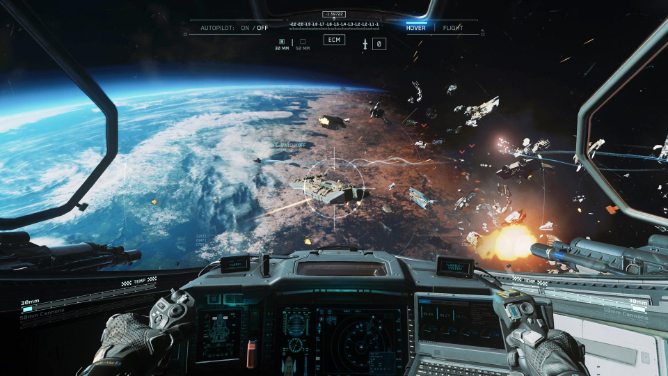
Gameplay in Infinite Warfare’s story is questionable at best. The game attempts to offer new experiences to the player, but in keeping to the Call of Duty model it limits its own ability to do this. Space battles for example look incredible and feel exciting, but they are not even close to being as immersive as other games which hold this as their focus. If you want to enjoy legitimate space combat, you should be playing Elite Dangerous, not Call of Duty. Even infantry fights in space, which do offer a new variation on infantry-based combat for the series, feel like they are grounded by rules which limit their potential for awe. Boots on the ground gameplay is as strong as ever though, particularly in tactical segments. Supporting NPC characters actually make a difference, and help to create a genuine experience. If the entire story was as grounded and backed by over a decade of refinement, the story could be something very special.
The one factor that really stands out from the word go in both the story mode and beyond is the visuals of Infinite Warfare. Every time a new game is released and blows your mind with the way it looks, another comes along and blows it out of the water. Infinite Warfare’s glossy sci-fi imagery, both in space and on the ground, is mind blowingly good. The visual designers of the game deserve maximum praise for producing a believable and awe-inspiring setting on the massive scale that they have.
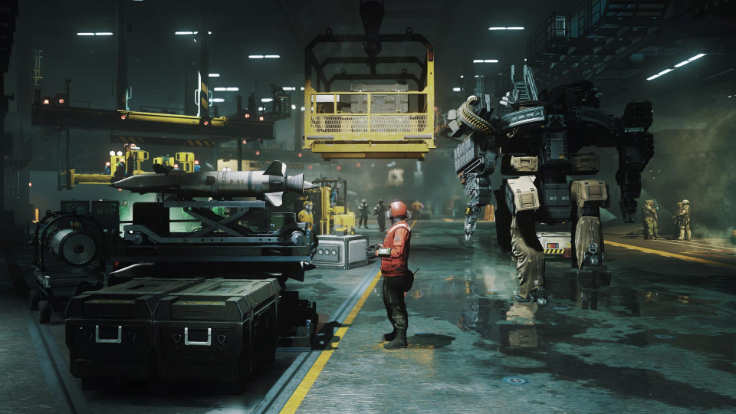
Moving onto multiplayer, there aren’t a whole lot of surprises to find here. In terms of structure, things feel very similar to Black Ops 3, with comparable game modes and mechanics. High-speed wall running and sliding around the maps are still a major part of the core gameplay, which is likely to please some fans whilst alienating others. For anyone who has skipped the last couple of CoD titles and is just making a return, prepare to be smacked in the face by something that feels more like a cross between Halo and Titanfall to play.
The biggest new element in Infinite Warfare’s multiplayer is this year’s new maps. Map design is as shiny and imaginative as ever. The playing fields themselves make the gameplay fluid and compliment the action no matter which you play on. The backdrops to each map however are the real thrill of this mode. The stunning imagery almost distracts you from the game itself. Kudos again to the designers.
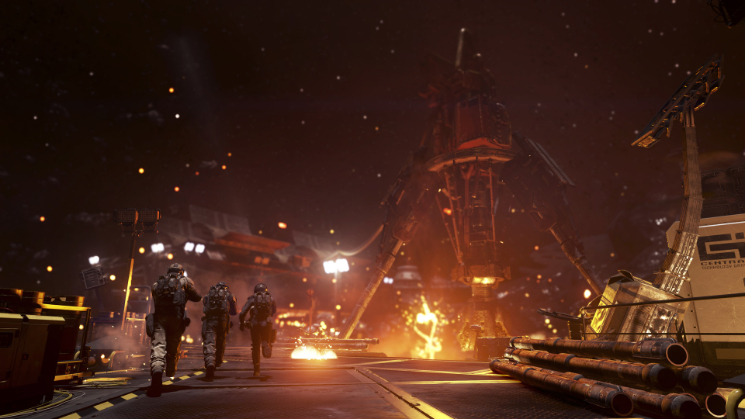
Multiplayer is going to work for some people, but others are going to feel lost. The huge popularity the accompanying Modern Warfare Remastered multiplayer underlines the style of play that long-term fans prefer to play with. Despite that, the two distinct styles offer gamers a good variety of options to play with, so if nothing else the new game offers something different to do if the other game ever sees you getting bored.
Infinity Ward have also taken it upon themselves to delve into the realms of Zombies again in Infinite Warfare. Traditionally a Treyarch staple, Zombies has become as synonymous with the Call of Duty franchise as the noob tube or Nuketown. In Infinite Warfare, Zombies is set out into episodes, the first of which takes the form of Zombies in Spaceland.
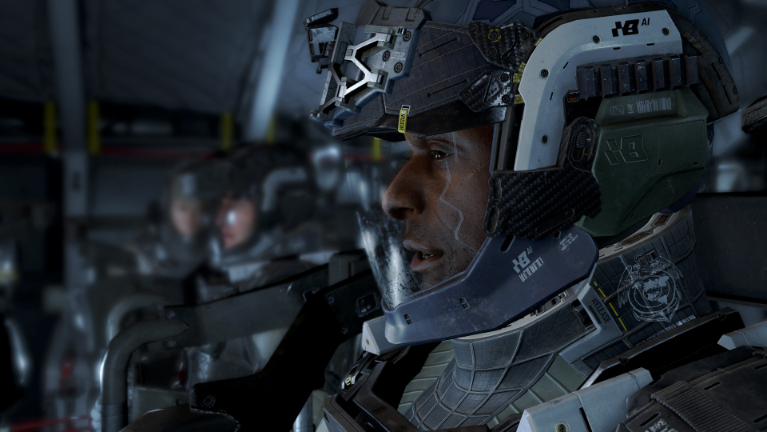
Zombies in Spaceland takes place in a 1980s space themed amusement park, which naturally has been overrun by, you guessed it, terrifying zombies. In short, the experience feels very… convoluted. There is a hell of a lot going on from the word go, and to take it all in whilst trying to stay alive through the oncoming horde is damn near impossible. If it is new features you are sniping for however, you’ll find them coming out of your ears.
Aside from the obvious additions of new, futuristic weapons in keeping with the main game and its inventive new setting, Zombies in Spaceland throws tonnes of new elements into the mode’s working model. For starters, there are lots of new, interactive elements around the map, some more hidden than others, each of which holds its own special purpose. Collecting tokens for example allows you to obtain power ups from an arcade machine. A local robot on the other hand allows you to win tokens by completing his challenges; at least once you have found and re-attached his head.
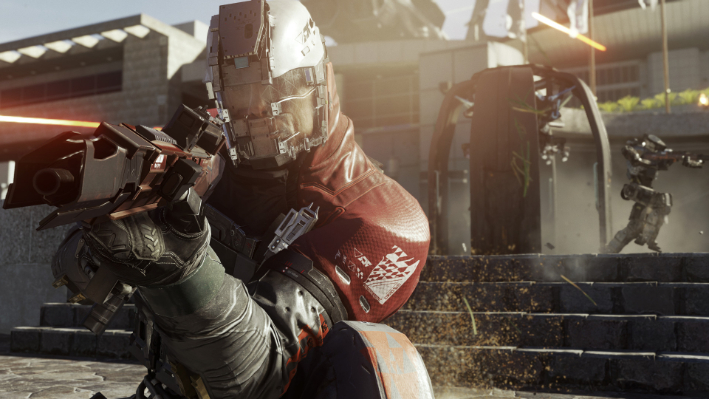
A new inventory system also adds a new side to Zombies, tasking you with collecting various special items. Some of these benefit gameplay directly, such as a pair of sunglasses which can be found early in the level. Others are need to access other features around the park, and need to be collected as you battle your undead adversaries.
These features of Zombies in Spaceland are but a few examples of what new features lie in store. As ever, there is plenty of hidden content and Easter eggs around the amusement park to be found, but it seems a shame to give them all away to you in a review. Thankfully, one helpful new feature on this map is a guided tour, to at the very least set you on your way!
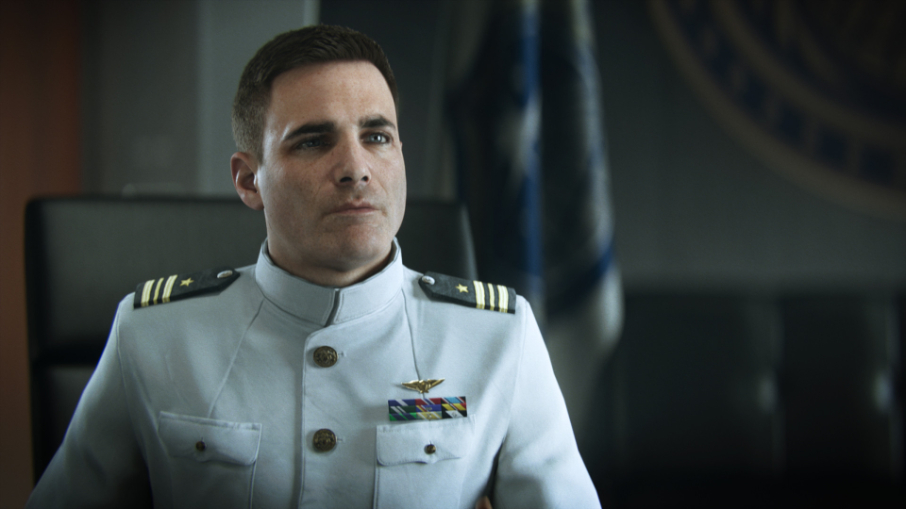
Those hoping for a more classic zombies experience will be grateful to find that many traditional features remain alongside the eruption of new (and arguably unnecessary) ones. The difficulty inclines remains about the same as it has always been, both in terms of the number of zombies in each wave and the amount of damage they can tank. Most of the classic drops remain the same too, including the nuke, insta-kill and infinite ammo. Naturally you can still purchase weapons from around the map as well, although many of these are newer ones from the main game.
Boosts remain key to survival too, however your favourite beverages have seen some name changes from the good ol’ Juggernog and Speed Cola days. This isn’t too hard to figure out, but the nostalgic amongst you might find yourselves shedding a weepy tear for your zombie-wrecking past. Whilst the classic model is clearly the chassis for this version of Call of Duty Zombies, the hefty luggage of the seemingly forced-out new features weighs an otherwise solid framework down. Zombies can still be fun, but a lot of fans will be pining for old school trains and hard fought survival in the mess of mini games and apparently “useful” items.
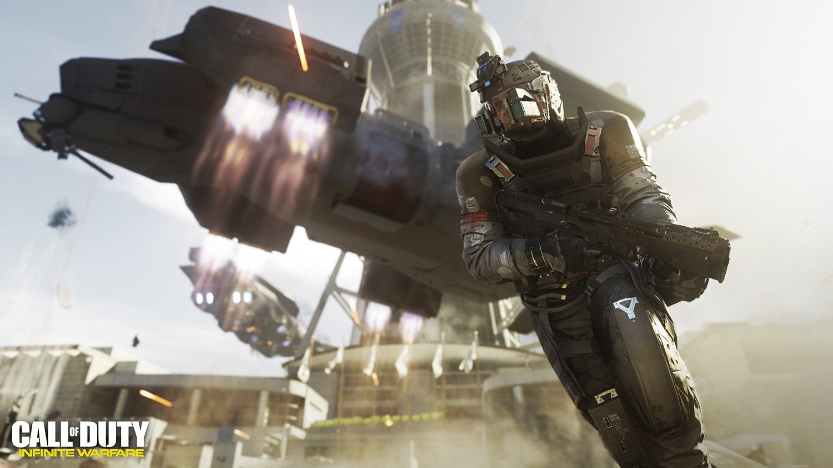
Infinite Warfare offers a lot of new ideas, but they don’t always feel whole or necessary. The story is carried by its characters, but doesn’t always know what to do with its scale or gameplay. Whilst the setting has grown, the nature of play is still held at least somewhat within the confines of the series’ standard model. This means when it tries to do something new, it often only gets halfway there. Multiplayer is much the same as Black Ops 3, with new maps being the biggest difference. These are well designed once again, and as with the story the visuals across the board are stunning. The downside is that the model of play with once again alienate much of the player base, with may opting for Modern Warfare Remastered’s more traditional style instead. Finally, Zombies takes things to a new level for another year running, but Zombies in Spaceland feels a little convoluted despite its smart theme and same base level model. New features have been piled on top of each other until ultimately the mode becomes confusing and a fair stretch from the charms of its past. Busy but not always better, Infinite Warfare looks better than it plays. Perhaps now is the time for Activision to review their future strategies.

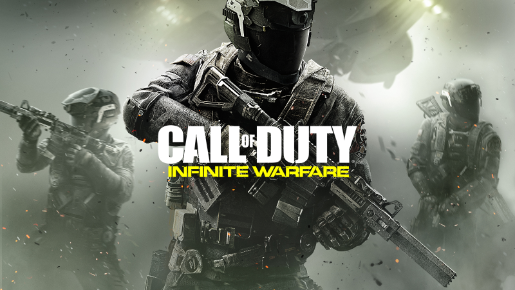







You must be logged in to post a comment.